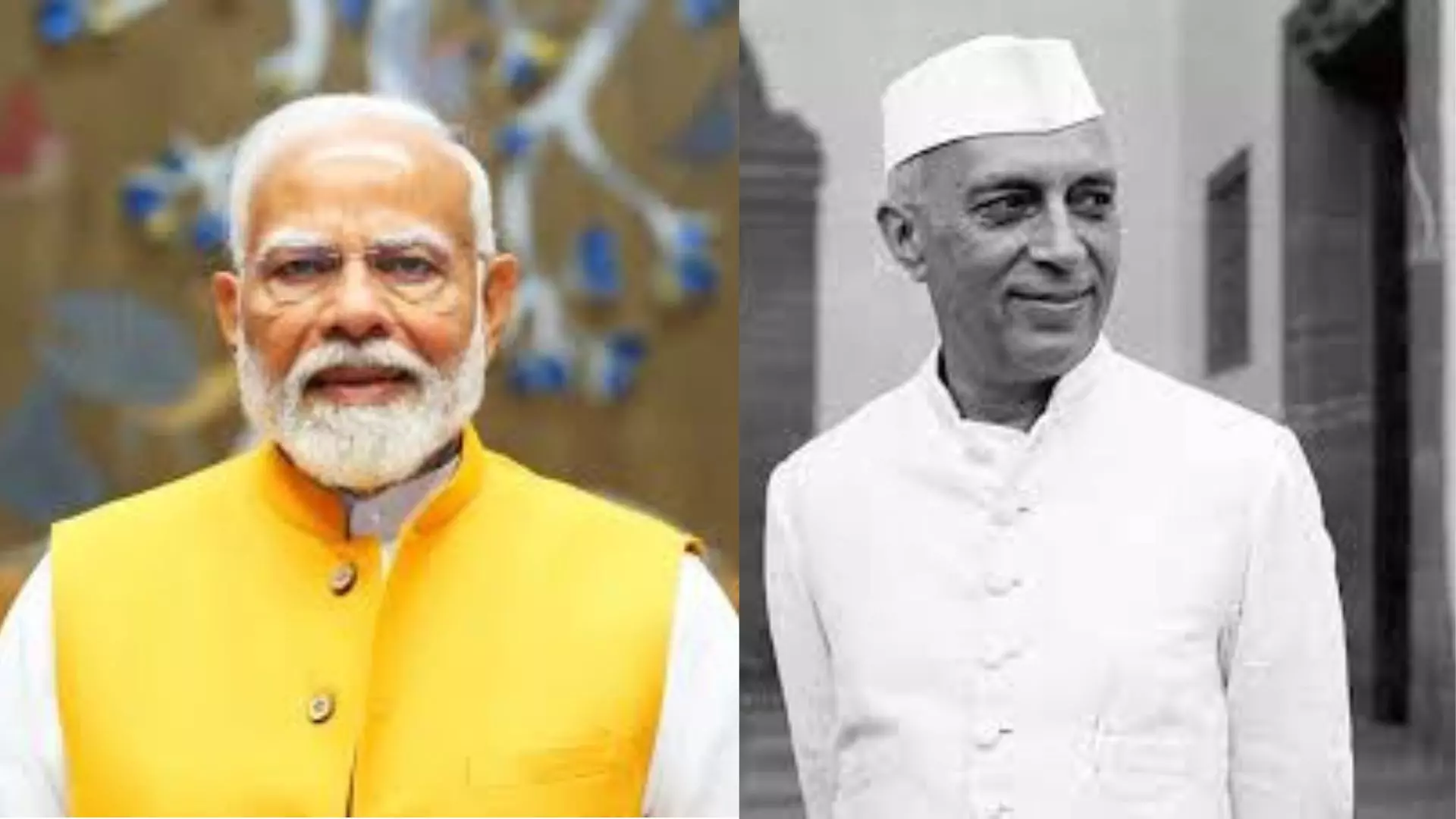The 2024 general elections in India have unfolded a dynamic and multifaceted political landscape, ushering in Prime Minister Narendra Modi for a third consecutive term. This achievement, paralleled only by Jawaharlal Nehru, is underscored by unique technicalities: Modi's tenure marks the first time an elected Prime Minister may complete three consecutive terms, as Nehru's initial term was by appointment and his final term was not complete. The BJP's electoral performance, marked by a significant decline in parliamentary seats and vote share, reveals underlying shifts in voter sentiment and the evolving nature of Indian democracy.
The BJP's seat count in the Lok Sabha fell from 303 in 2019 to 240 in 2024, a loss of 63 seats. This decrease in parliamentary strength is mirrored by a 1.14% drop in vote share, signalling a palpable shift in voter sentiment.

The Indian National Congress (INC), on the other hand, saw a resurgence, increasing its seats from 57 to 99 and its vote share by 1.73%. These changes highlight a significant reconfiguration of the political landscape, driven by multiple factors, including regional dynamics, agrarian discontent, and evolving public priorities.
Regional Dynamics and Agrarian Discontent The BJP's electoral setbacks were most pronounced in states like Uttar Pradesh and Maharashtra. In Uttar Pradesh, the BJP secured only 33 out of 80 seats, a dramatic decline from its previous tally of 62. Similarly, in Maharashtra, the BJP won just 33 out of 48 se.























